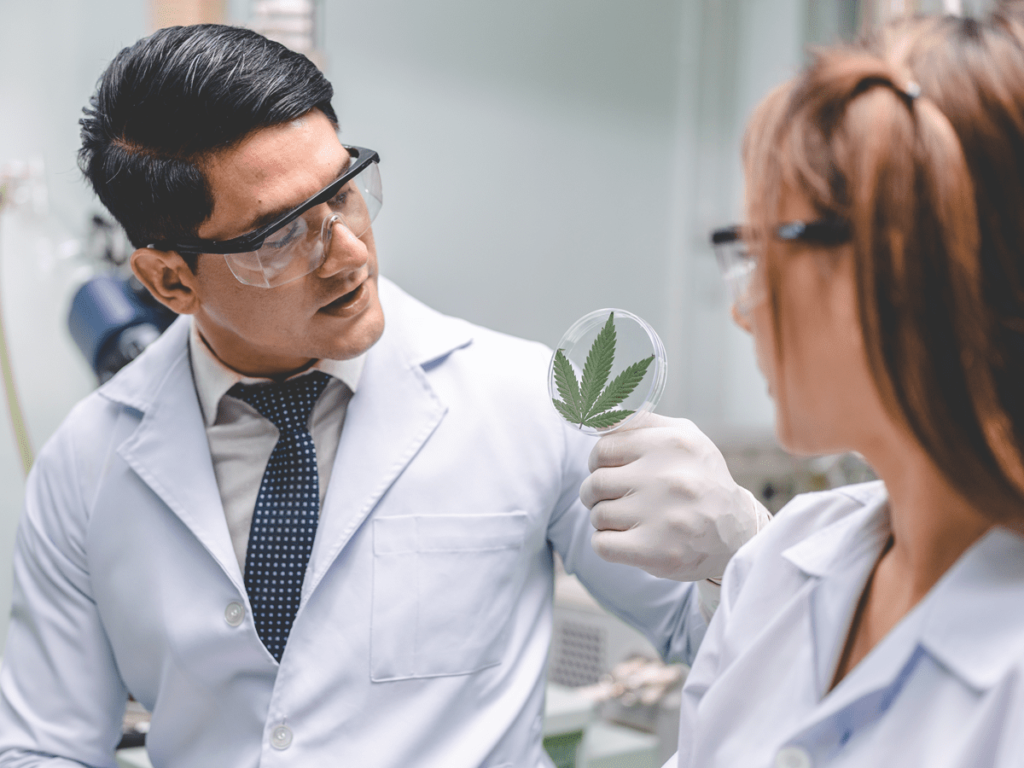If you’ve explored hemp or cannabis products, you’ve likely come across the term COA. It might seem like just another industry buzzword, like CBD or terpene, but a COA is actually a crucial component.
Grasping what a COA is can significantly enhance your shopping experience for hemp or cannabis products. While visual and olfactory cues can provide some insights, a COA offers a detailed, thorough examination of the product you’re thinking about buying.
What does COA Stand For?
COA stands for Certificate of Analysis. This document represents the results of third-party testing conducted by a licensed laboratory, which assesses various aspects of a product. Such testing may be mandated by state or federal regulations, depending on whether the product originates from hemp or marijuana.
What Information Does a COA Contain?
A Certificate of Analysis (COA) offers valuable insights for both industry experts and consumers.
Third-party laboratories typically assess the following:
- Cannabinoid potency
- Terpene profiles
- Presence of contaminants such as mold, pesticides, herbicides, or heavy metals
- Moisture levels (particularly for smokable flower products)
For hemp products, federal regulations mandate COAs to confirm that products adhere to safety standards and contain less than 0.3% Delta-9 THC by dry weight.

For cannabis products, while legal requirements vary by state, COAs are universally utilized. They serve as a crucial quality control tool to ensure compliance with state-specific safety standards.
How to Find a COA
Finding a Certificate of Analysis (COA) can be straightforward with a few methods. Reputable brands ensure that COAs for their products are easily accessible to their customers.
One effective way is to visit the brand’s website. Trustworthy brands strive to make COA information readily available, often by updating it directly on their site. This method benefits both the brand and the shopper, providing a quick and convenient way to access essential information.
Another increasingly popular method is using QR codes. Many brands enhance the shopping experience by placing QR codes on product packaging. Scanning these codes with a smartphone can lead you directly to the COA on the brand’s website. This approach is valued for its ease of use, transparency, and convenience.
Lastly, you can inquire directly with store employees. Stores that carry these products often keep COAs on file. A polite request can usually provide you with the information you need.
Red Flags to Watch Out For
When evaluating COAs, keep an eye out for a few key red flags. First, check the expiration date on the COA. Typically, COAs are valid for about a year, and during this period, a product might undergo changes that could necessitate retesting. The expiration date can also give you insight into the product’s age.
Second, be wary if a brand declines to provide a COA by citing it as proprietary information. This refusal can undermine trust between the brand and its customers, raising concerns about transparency and accountability.

The Bottom Line
A Certificate of Analysis (COA) is an essential resource for both brands and consumers. Though it might seem like just a piece of paper, a COA is packed with valuable information. It allows shoppers to verify potency, quality, and the specific cannabinoid and terpene profiles of a product.
Understanding how to interpret a COA is crucial when selecting hemp or legal cannabis products. Think of it as a treasure map—it guides you to the perfect product tailored to your needs.
